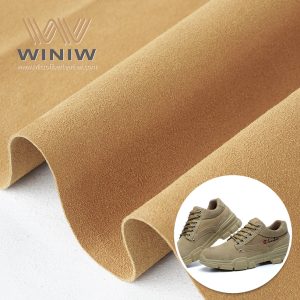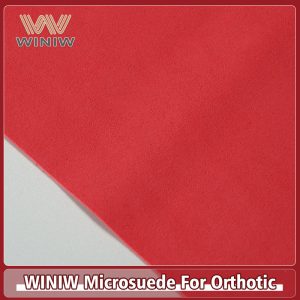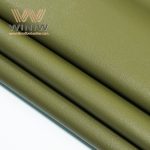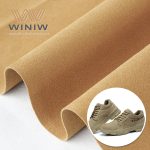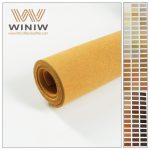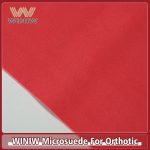Footwear brands are increasingly turning to polypropylene (PP) insole boards to tackle pain points like weight, moisture damage, and sustainability. But what makes this material a game-changer for sneakers, work boots, and orthopedic shoes? Let break down the science and innovation behind PP insole boards.
1. What Makes PP Insole Boards Unique?
Polypropylene molecular structure delivers unmatched benefits for footwear:
- Ultra-Lightweight: PP boards weigh 30% less than traditional materials like fiberboard, reducing shoe fatigue for athletes and workers.
- Moisture Resistance: Unlike cellulose-based boards, PP won’t warp or degrade in humid conditions—critical for hiking boots and tropical climates.
- Cost Efficiency: PP low production cost (40% cheaper than carbon composites) makes it ideal for budget-friendly orthopedic shoes.
2. PP vs. Traditional Insole Materials: A Performance Showdown
How does polypropylene stack up against competitors?
- Fiberboard: Prone to swelling in moisture; PP retains shape and adds 2x more flexural strength.
- TPU (Thermoplastic Polyurethane): While TPU offers elasticity, PP provides rigid arch support for plantar fasciitis sufferers.
- EVA Foam: EVA compresses over time; PP maintains structural integrity even after 500+ miles of wear, as tested in ASICS’ long-distance runners.
3. Sustainability Innovations in PP Insole Production
PP isn’t just durable—it evolving into an eco-friendly solution:
- Recycled PP: Brands like OrthoLite now use 100% post-consumer PP from bottle caps and packaging, cutting virgin plastic use by 70%.
- Closed-Loop Systems: Timberland “PP ReCraft” program grinds down old insoles into raw pellets for new boards, aiming for zero landfill waste.
- Bio-PP: Braskem sugarcane-derived polypropylene reduces carbon footprints by 50% and is used in Allbirds’ eco-conscious insoles.
4. Cutting-Edge Applications of PP Insole Boards
From sports tech to medical gear, PP is pushing boundaries:
- 3D-Printed Customization: Startups like Wiivv scan feet to create laser-cut PP boards tailored to individual arch shapes, reducing pressure points.
- Heated Insoles: PP thermal stability enables embedding heating elements for winter boots without deformation (tested by ThermaCELL).
- Antimicrobial Blends: Mixing PP with silver nanoparticles (Merrell M-Select FRESH) combats odor-causing bacteria in tactical footwear.
5. Challenges and Future Prospects
While PP dominates, hurdles remain:
- Heat Sensitivity: PP softens above 160°F, limiting use in extreme environments. Cross-linking additives (like Milliken Hyperform) now boost heat resistance by 30%.
- Recycling Contamination: Mixed-material insoles complicate recycling. Brands like Adidas are adopting mono-material PP designs for easier processing.
- Consumer Perception: Many associate “plastic” insoles with discomfort. Education campaigns highlighting PP breathability (via micro-perforations) aim to shift mindsets.
Proč na tom záleží
PP insole boards are quietly revolutionizing footwear by merging affordability, durability, and eco-innovation. Whether you’re a nurse needing all-day support or a trail runner chasing lightweight agility, PP adaptability ensures your shoes stay fresh, functional, and future-proof.


